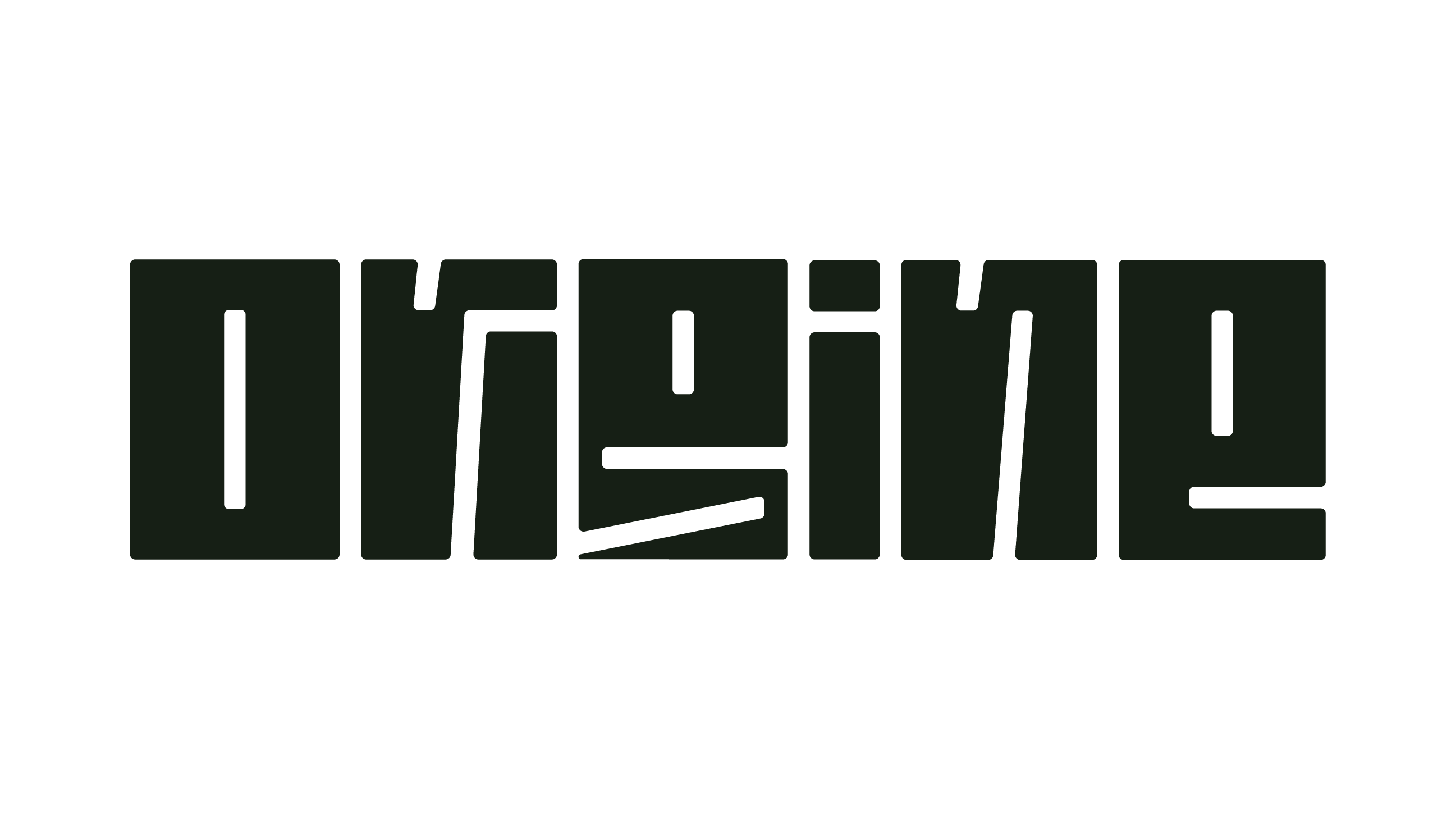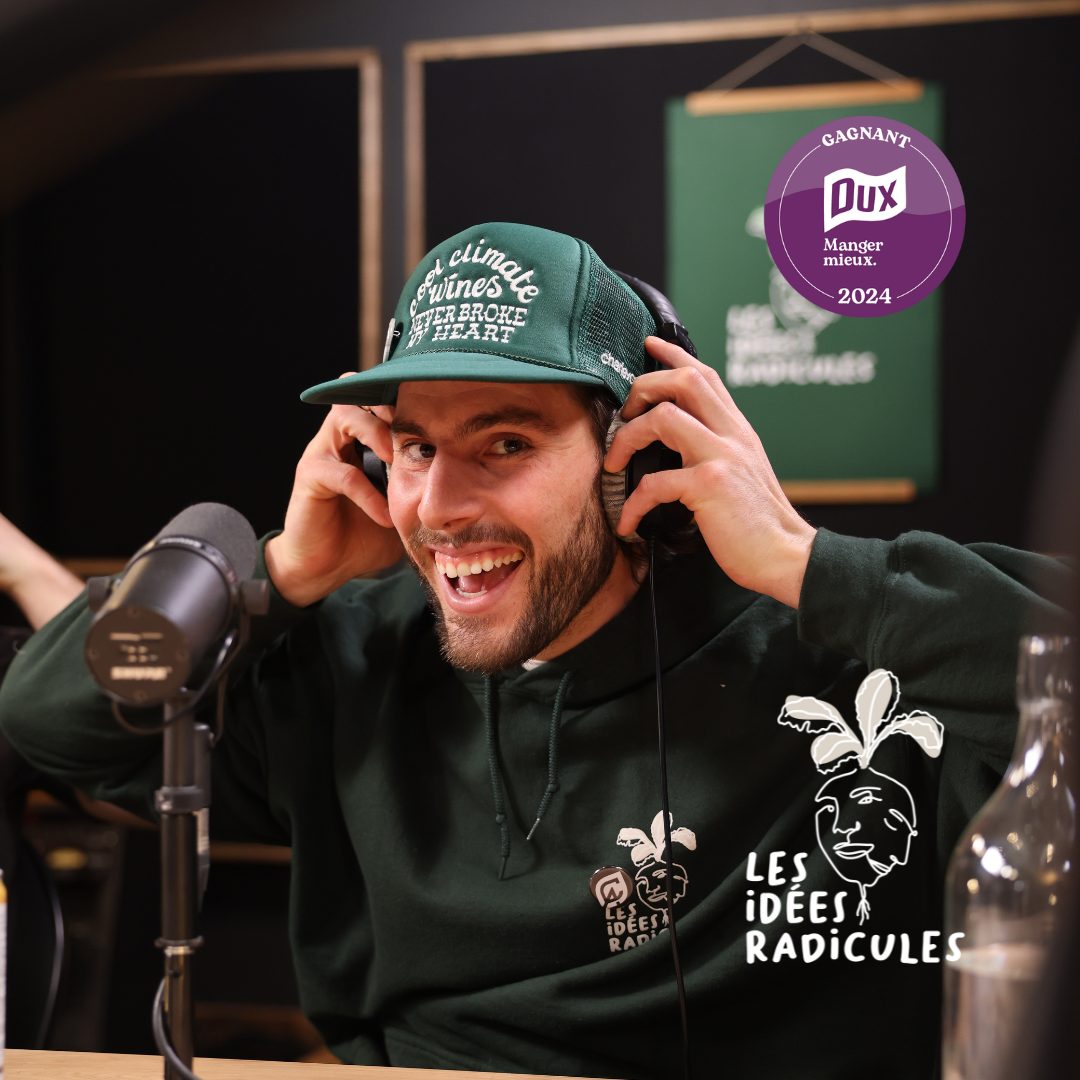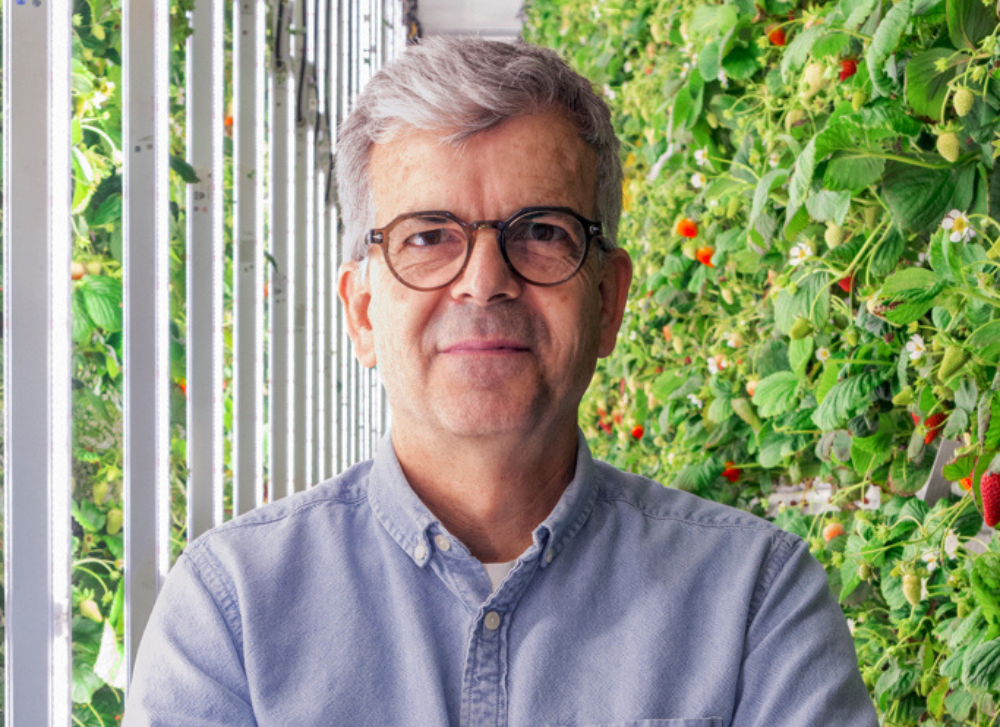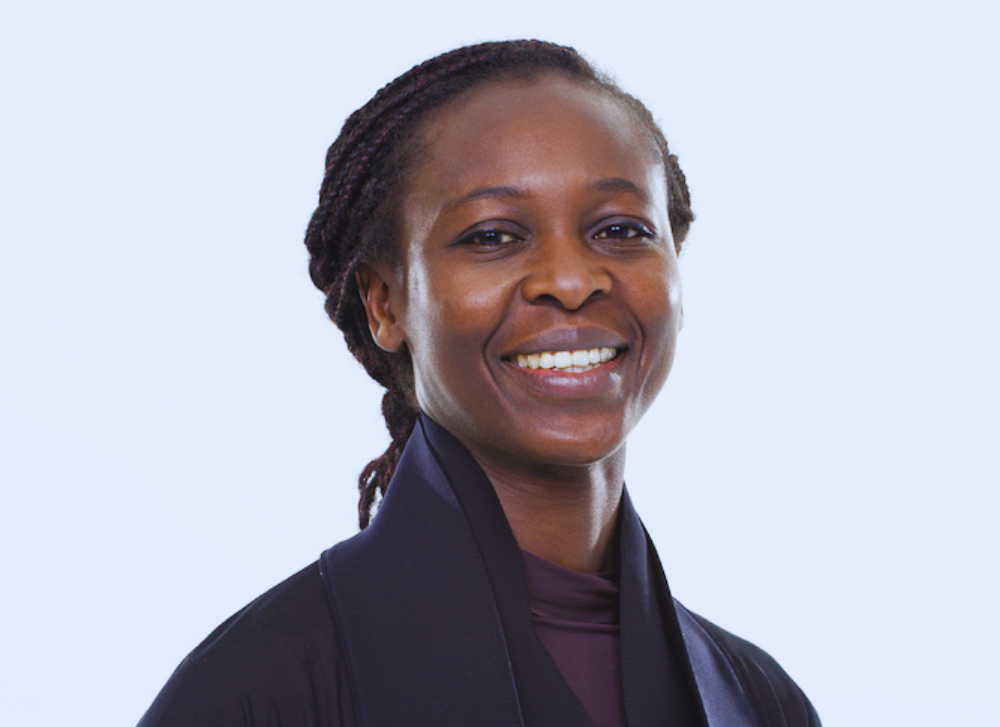Do more with less, olé!
A short distance from McGillivray Bay on the Richelieu River, long plots of corn surround a large red-gabled house, four grain silos and a series of farm buildings. In the courtyard, an above-ground swimming pool and further, a manure pit for the dairy cows. It is the kingdom of Ana-Maria Martin, her partner Michel Lord and their four children.
Born in Pamplona, in the Spanish Basque Country, Ana-Maria set foot on Quebec soil at the age of three. She has integrated so well that she is today the pillar of the family farm established on Rang Saint-Louis in Henryville for four generations. In 2013, when she took over her in-laws' farm with her husband, the 90 cows in the herd produced significantly less milk than the 67 animals in her current herd. Despite 23 fewer heads, their quota increased from 70 to 80 kg. And the margin continues to rise. Over several months, they manage to reach 90 kg.
Without even having read Martine on the farm (Ana-Maria's last name is pronounced Martine, rolling the R), the farmer has demonstrated how to deal with animals. The story does not say if she used the transversal skills of her DEC in Childhood Education Techniques, but obviously, her “daughters” appreciate it.
“ We worked on genetics, but our cows couldn't express it. They were not comfortable in the stable. They lacked clarity, comfort and water. By doing the expansion, it changed everything. In the section where they sleep, we have installed a very soothing automatic lighting system. Where they eat, they are entitled to bright light like the sun. We have created hollow cubicles with sand, which keeps them drier and reduces infections. These simple changes made them produce more milk naturally. Plus, we researched milking robots for two years before getting the best one. »
For Ana-Maria, not only is milking speed essential for good production, but the robot makes it possible to give the specific quantity of minerals to each cow according to its particular needs. Whether they are at the beginning or end of lactation, everything is programmed. With each milking, the 45-year-old breeder receives data in real time. She can know right away if one of her darlings has a fever or if she's not “spinning”. Using this data, measures are taken before the disease sets in. “It allowed us to significantly reduce mastitis . As for abomasum movements, if I have one per year, that's great! »
To be able to breathe a little more, Ana-Maria is very happy to have an automatic forage pusher programmed to pass once an hour. Not only does this relieve her of a chore, but it encourages her animals to eat more. The feeding is also automated. Ladies are served four times a day. And 80% of what they chew comes from the hundred hectares that the couple cultivates. As for the calves, they lose nothing in the change. Left free in a park, they can receive their milk automatically. And it’s open bar! The little robot dedicated to them recognizes which glutton wants to drink. “I’ll know how much he drank and how fast. This gives me clues about his state of health. »
Speaking of thirsty youngsters, Enzo and Miguel, two of his four boys are gearing up to eventually take over. In high school, Enzo attended the Saint-Romain agricultural school where he became a dairy professional. The oldest is finishing his DEP Agriculture. That means that mom and dad will soon have to expand the farm. “We intend to increase our quota to 120 kilos and buy a second robot. »
In a hurry as young people can be, they have already unloaded their mother from the tractor. Whatever. This allows Ana-Maria to care for her animals even more and to devote more time to the psychosocial support network (ACFA) intended for agricultural families in Quebec. To “reinforce” the troops, we would see her bring out the castanets of her early childhood!
